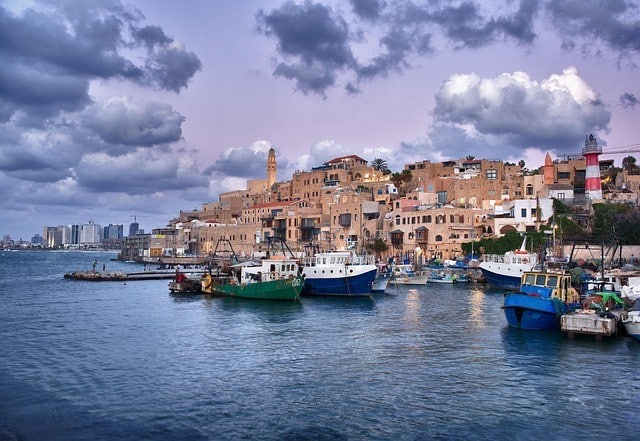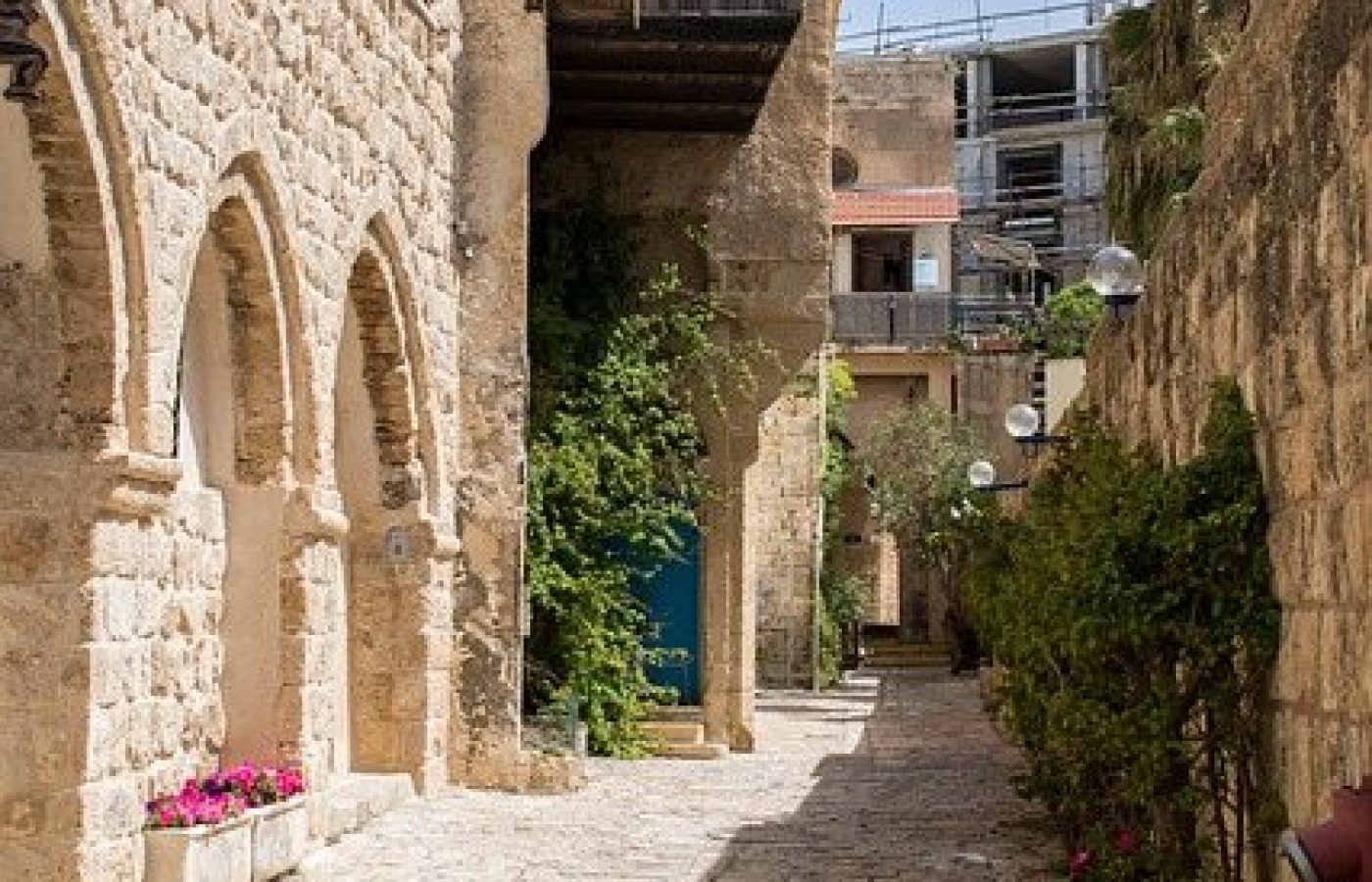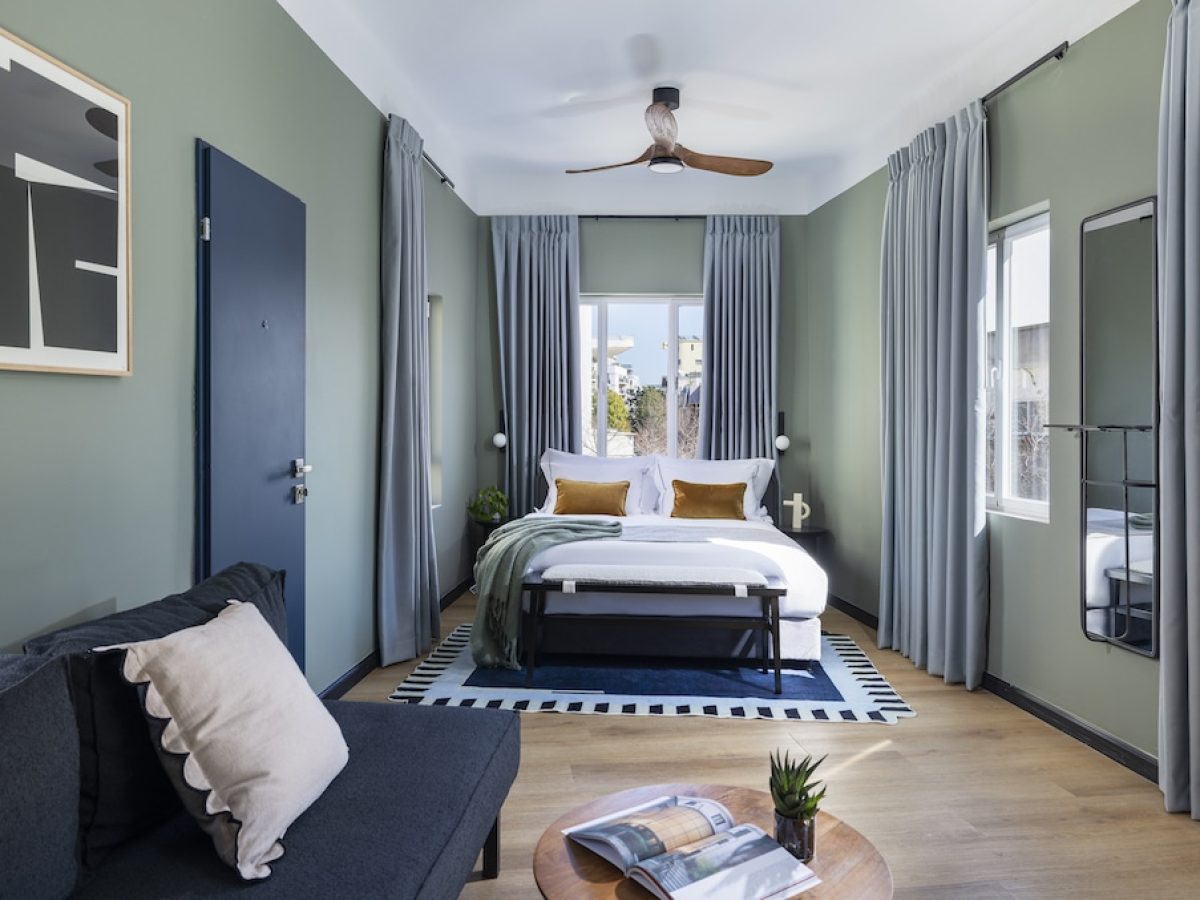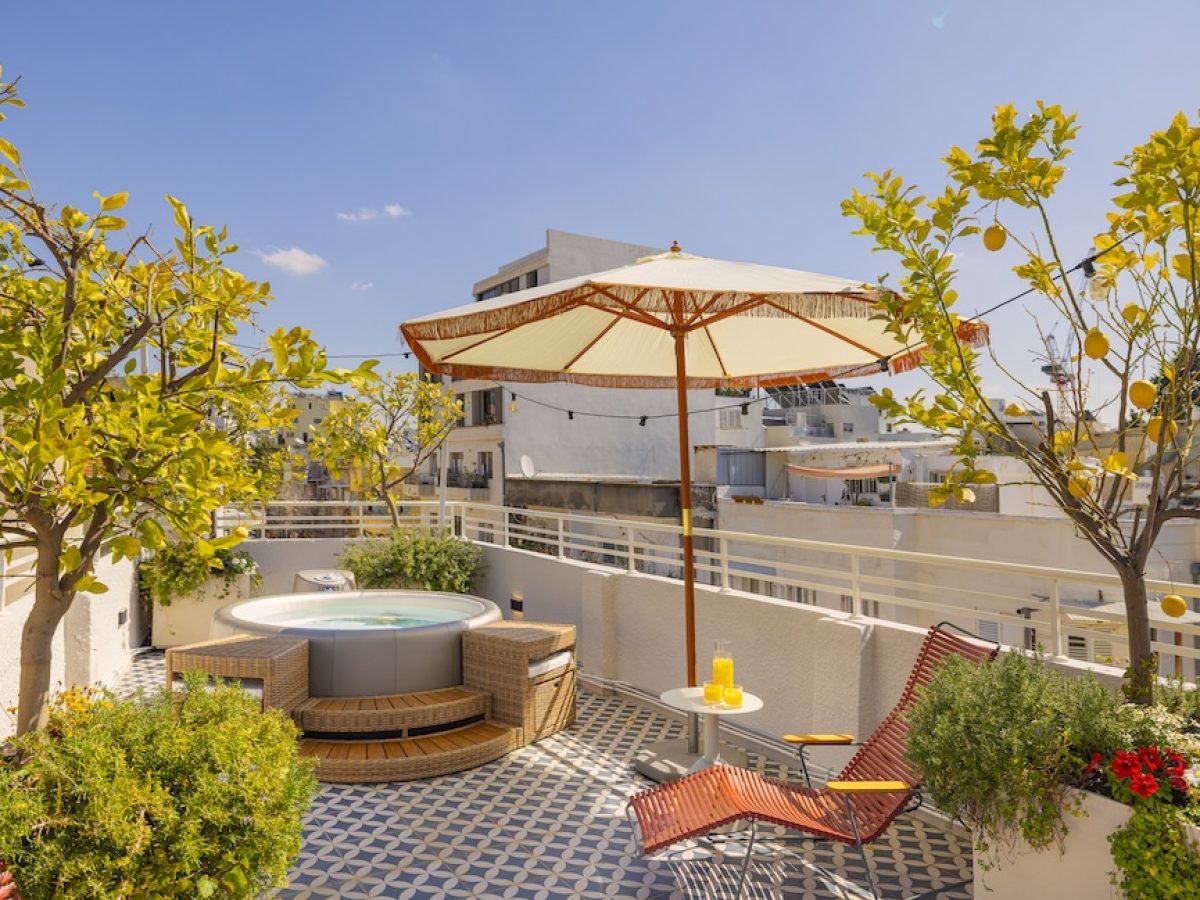
Things to Do in Old Jaffa
Old Jaffa has been a working port for thousands of years, making it one of the oldest in continuous use anywhere. Today, it blends its historic core with a lively, lived-in vibe that’s hard to find elsewhere in Tel Aviv. As you wander its cobbled lanes—lined with stone buildings, leafy courtyards, and sea views—you’ll quickly feel how past and present mix in everyday life here. Whether you’re here for the food, the culture, or just to wander without a map, there’s always something surprising around the next corner.

Stroll Through Jaffa’s Historic Streets
As you wander, you’ll spot hints of Jaffa’s layered past, from Ottoman-era stonework to Crusader arches. The textures alone—sun-washed stone, worn doors, lush vines – make the area a visual feast. Quiet side alleys sometimes lead to temporary art displays or independent craft shops, giving the neighborhood a constantly shifting character.
If you’re curious to learn more than what signs reveal, consider joining a walking tour. Many of these include personal stories, surprising facts, and a chance to see archaeological remains like fragments of city walls or Roman-era columns that still stand today.


Visit the Flea Market in Old Jaffa
“Shuk Hapishpeshim”
is more than a market – it’s part of daily life here. Spread across a web of narrow streets, it’s where vintage finds, antiques, and handmade crafts live side-by-side with trendy fashion shops and local design studios. Some shops feel like tiny museums, packed with treasures; others are no more than a table on the street, but just as full of surprises.
The energy ramps up on weekends, when music, street food, and crowds fill the area. People gather for a bite, a drink, or just to hang out. Cafes like Puaa offer a cozy spot for lunch, while places like Ramesses or Raisa bring a more modern edge to the dining scene. Even without buying, the market is a rich visual and cultural experience – a great place to get a feel for Jaffa’s creative, lived-in spirit.
Jaffa Port: Where History Meets the Sea
Jaffa Port has been part of the city’s story for millennia. Though no longer a major shipping hub, it remains a working harbor with strong ties to the past. You’ll find old warehouses turned into seafood restaurants, small galleries, and boutiques. A wooden walkway hugs the water, perfect for a lazy stroll or a spot to sit and watch the boats.
This is also a prime place to see the sun dip into the sea. The glow on the stone walls and rippling water makes for a memorable evening. Restaurants like The Old Man and the Sea are popular for good reason – fresh plates and harbor views are a winning combination. Weekends sometimes bring live music, adding to the easygoing vibe.
Families will appreciate the open space and art dotted along the path. Couples can walk out to the jetty for a wide-angle view of the coastline. In the early hours, you’ll even see fishermen at work, continuing a cycle that’s gone on for generations.
A small visitor center near the port occasionally hosts exhibits about Jaffa’s maritime past, offering context to the city’s long and layered story.

Explore Jaffa’s Art Galleries and Studios
Jaffa’s art scene doesn’t shout – it reveals itself slowly as you walk. Inside quiet courtyards and behind old stone facades, you’ll find galleries showing everything from contemporary sculpture to traditional calligraphy. Some studios invite visitors in to watch the creative process or chat with the artists themselves.
You don’t have to be an art expert to enjoy it. Much of what’s on display reflects the mix that defines Jaffa – old and new, local and global, polished and handmade. Even if you’re just browsing, the art here adds depth to the visit and connects you with the neighborhood’s evolving identity.
Where to Eat in Old Jaffa
Jaffa’s food reflects its people – diverse, bold, and unpretentious. You can start your day with a plate of hummus at Abu Hassan, a no-frills spot that’s been a local staple for decades. It’s crowded, quick, and completely worth it.
For something heartier, Dr. Shakshuka serves North African comfort food in a space packed with personality. Cast iron pans bubble with tomato and egg dishes, while vintage kitchenware lines the walls.
Abulafia Bakery, open since the 19th century, is great any time of day. Their bourekas and sambusak are flaky, warm, and made to eat with your hands as you walk.
If sitting down with a coffee is more your speed, Puaa is a laid-back option with mismatched furniture and a homey menu. Alma Cafe offers lighter fare and excellent coffee, perfect for slowing down and watching the world go by. For a more upscale dining experience with a sea view, try Kalamata, tucked into a historic building overlooking the water.
Whether you’re grabbing street food, enjoying a fresh seafood lunch, or treating yourself to something sweet, Jaffa serves up real flavors in relaxed settings.
Plan Your Visit: Tips for a Great Day Trip
Jaffa is easy to reach and explore, especially if you’re staying in Tel Aviv. You can walk from the city center, take a short bike ride, or hop on a local bus. Many visitors arrive by strolling down the coastal promenade – it’s scenic, breezy, and a perfect introduction to the area.
Morning is the best time to arrive. Streets are quiet, light is soft, and cafes are just opening. Wear comfortable shoes; Jaffa’s paths are uneven in places. Don’t forget water, sunscreen, and some cash, especially if you plan to explore the market.
Weekends draw the biggest crowds and the liveliest street scenes, while weekdays offer a calmer pace. Early evenings are beautiful too – cooler air, golden light, and the option of dinner by the water.
For those curious to go deeper, walking tours can help bring context to what you’re seeing. Some include food tastings or gallery visits. Whatever your style – whether it’s art, history, shopping, or just wandering – Jaffa delivers.
If you’re planning to stay nearby, Albi Hotel in Florentin is a great boutique hotel just minutes from Jaffa. With its stylish design and local charm, it’s the perfect base for exploring both Old Jaffa and southern Tel Aviv.
Want more Tel Aviv travel ideas? Explore our blog for tips on where to eat, stay, and explore.





